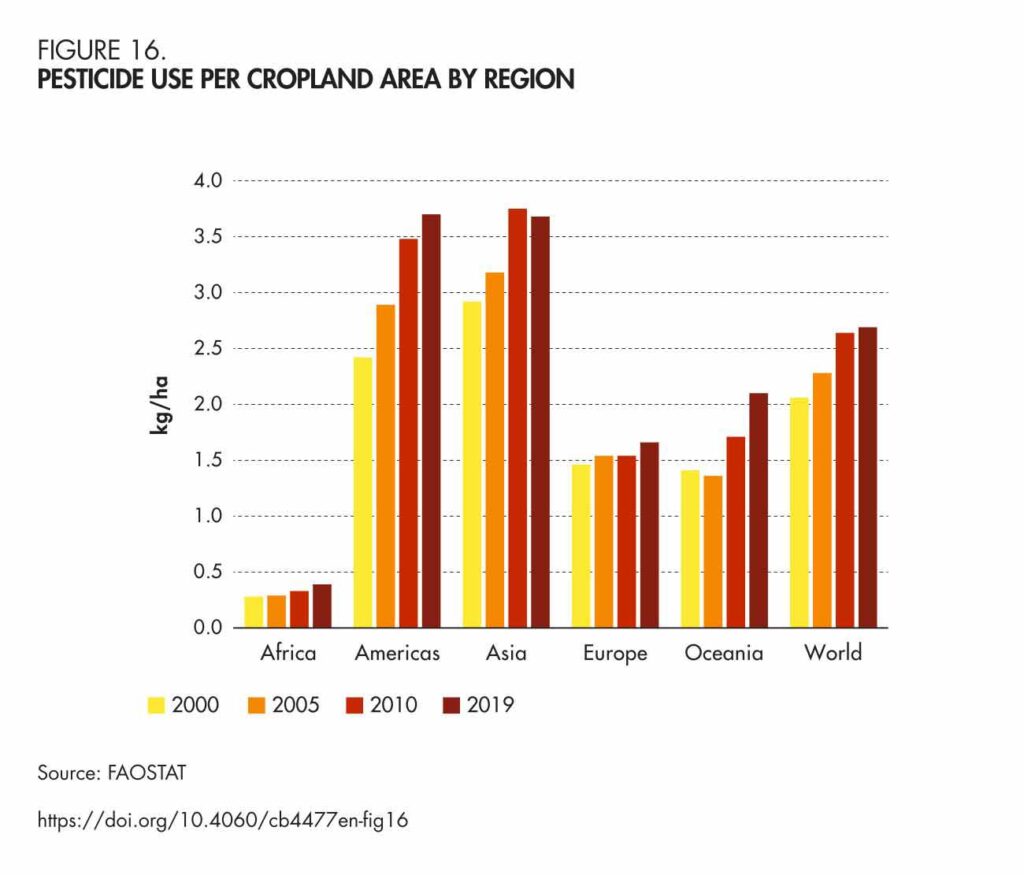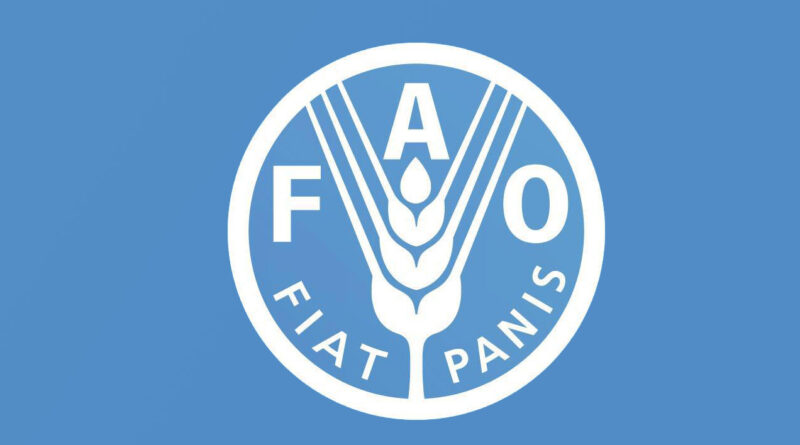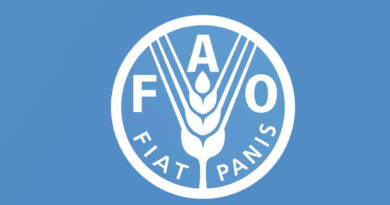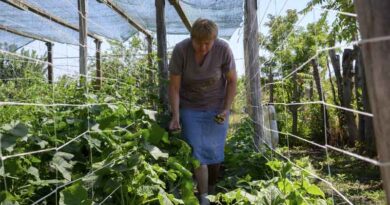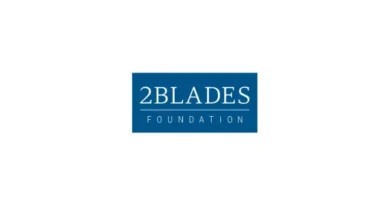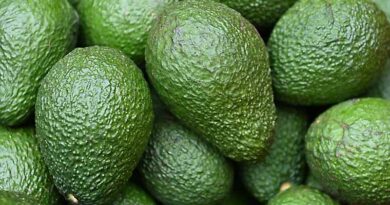Global Pesticides use increased by 36% during 2000-2019: FAO
14 December 2021, Rome: The Food and Agriculture Organization of the United Nations (FAO) has published its World Food and Agriculture Statistical Yearbook 2021, which provides a comprehensive overview of the global food and agricultural landscape and a summary of data on food, nutrition and agriculture. According to the Statistical Yearbook, global pesticides use increased during the period 2000–2019 by 36 percent, to 4.2 million tonnes in 2019.
Nearly all the increase took place between 2000 and 2012, with a plateau afterwards. The highest contributions came from Asia, followed by the Americas, Europe, Africa and Oceania. The regional contributions to the world total changed slightly over time, but Asia, the largest contributor, remained stable at 52–53 percent. The share of the Americas increased from 29 percent to 33 percent of global pesticides consumption while that of Europe decreased slightly from 14 percent to 11 percent. Africa and Oceania applied small amounts of pesticides over time, but Oceania nonetheless had the highest growth in pesticides applications (+85 percent).
China was the largest pesticide user in 2019 with 1.8 million tonnes, or 42 percent of the world total, far ahead of the United States of America and Brazil (0.4 million tonnes each).
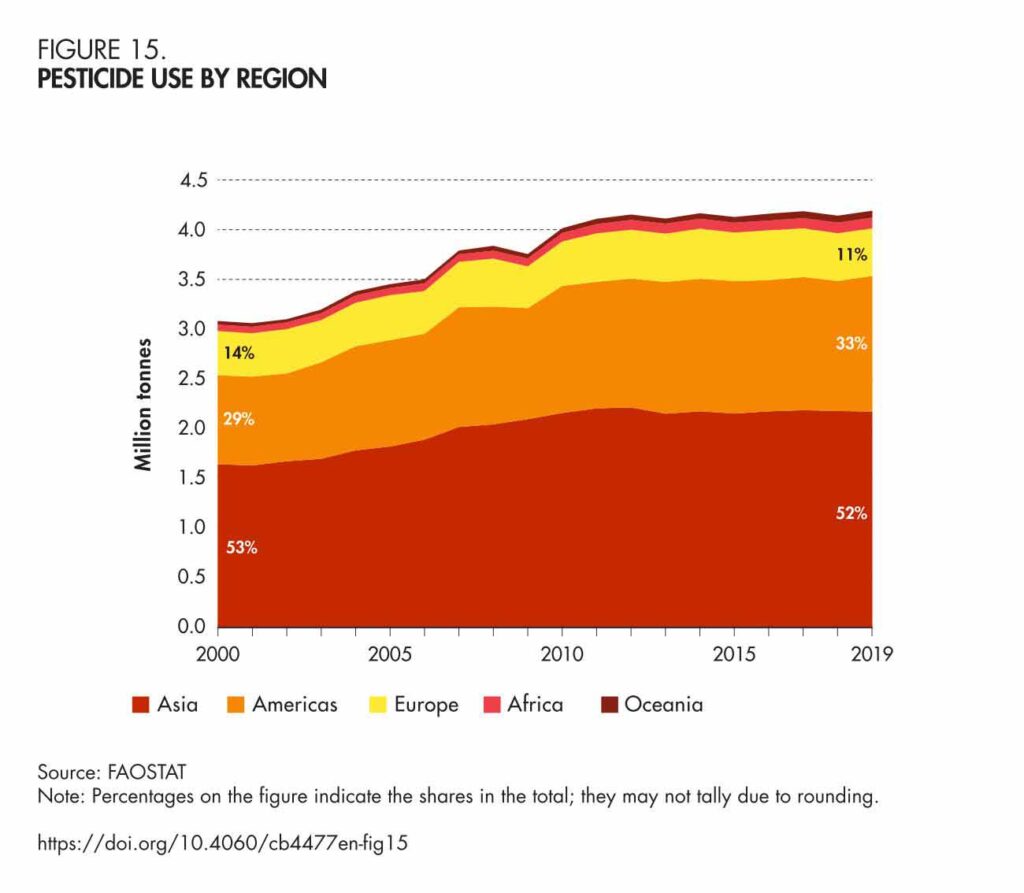
Global pesticides use per cropland area went up 28 percent in the 2000s, from 2.1 kg/ha to 2.6 kg/ha, and levelled out after 2010, although with some important regional differences. Pesticides application rates in 2019 were highest in the Americas, followed by Asia, Oceania, Europe and Africa. In the 2010s, Oceania surpassed Europe, but both regions remained below the global average. Asia was the only region where pesticides use per cropland area did not increase between 2010 and 2019. The top three countries in terms of pesticides application rate for 2018 were Trinidad and Tobago, with 25 kg/ha, Saint Lucia, with 20 kg/ha and Ecuador, with 14 kg/ha.
